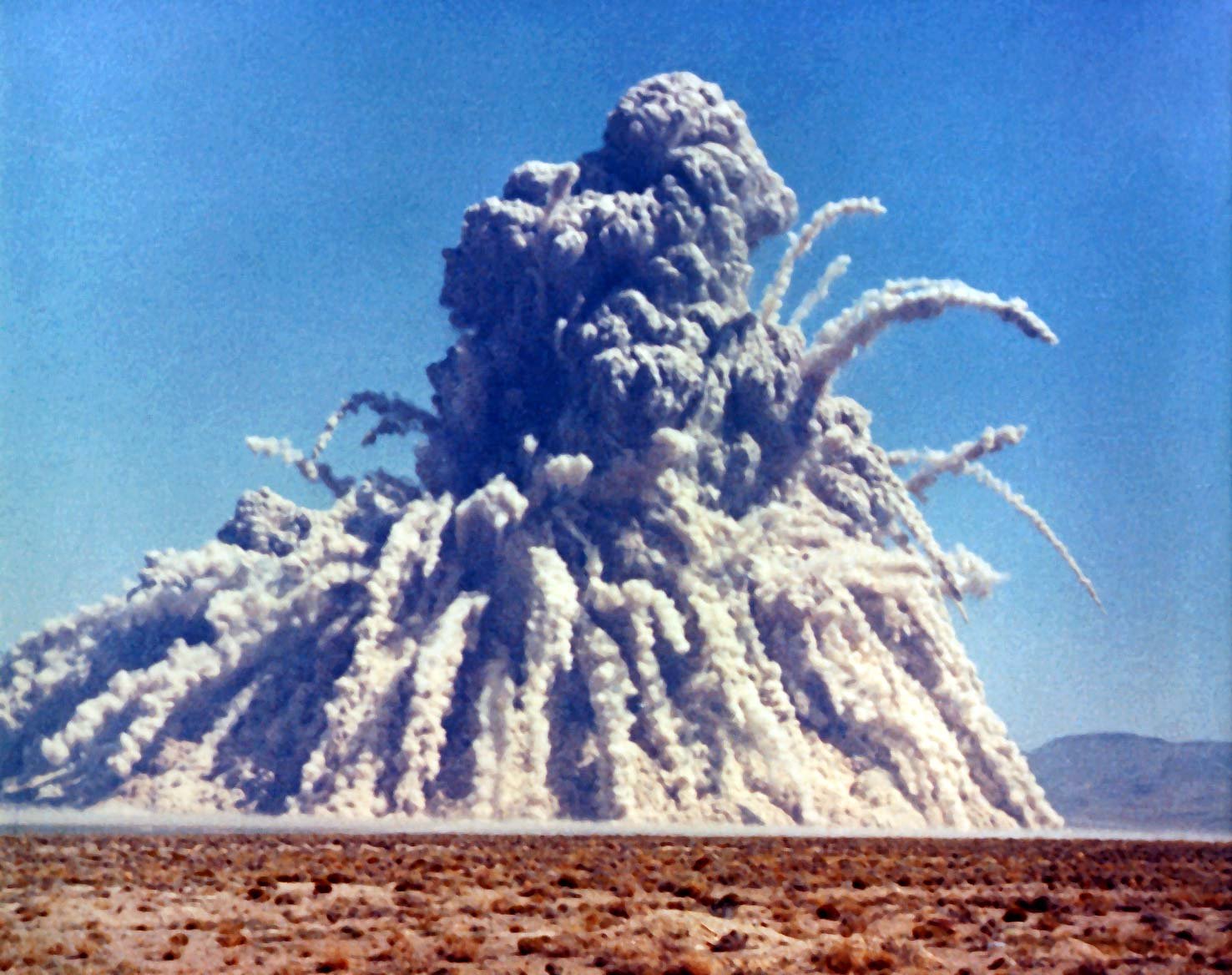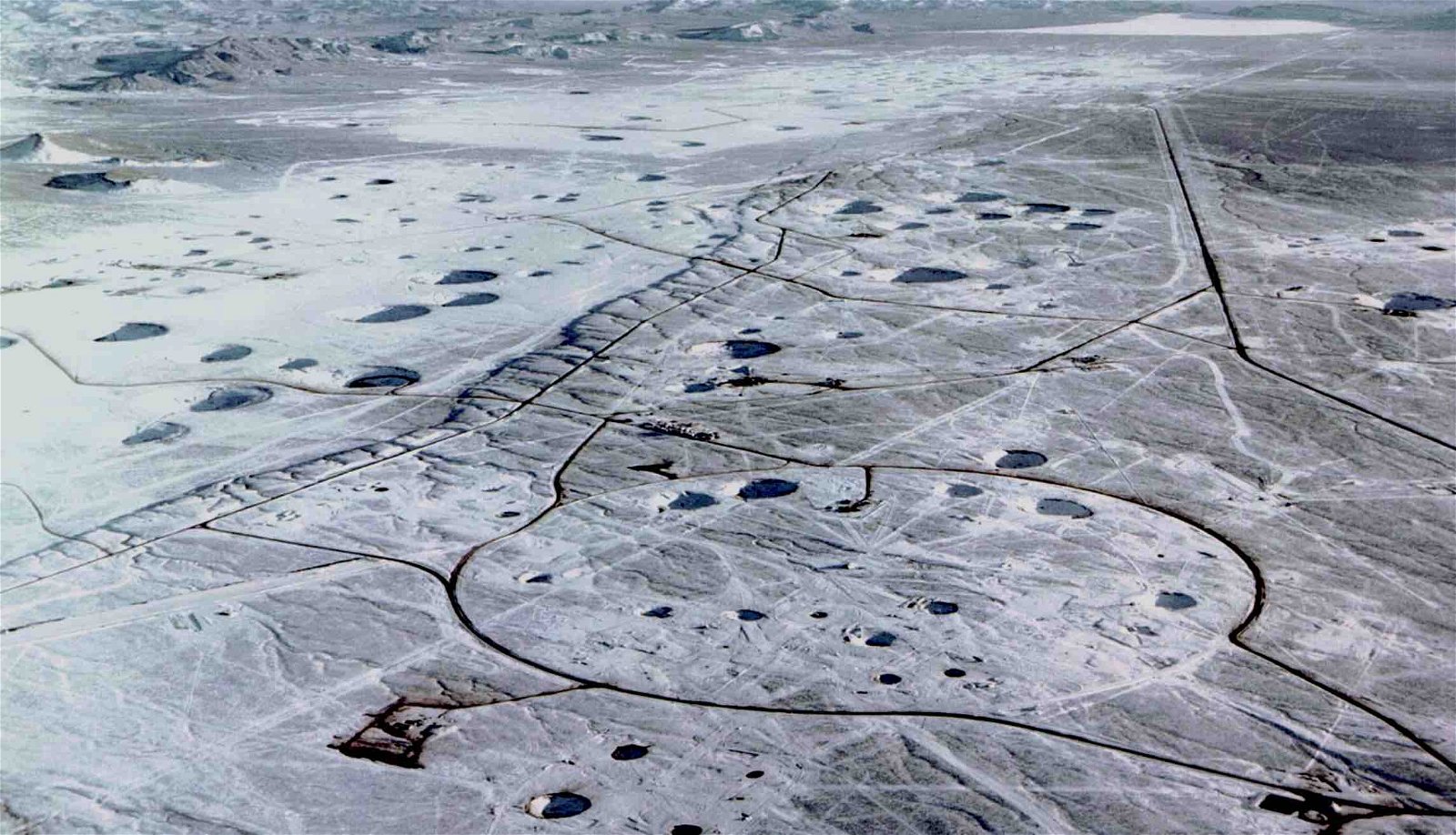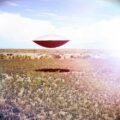Scientists report that secret underground nuclear tests may be a thing of the past, thanks to a breakthrough new method that allows them to be more accurately discerned from natural seismic events.
Reportedly capable of detecting nuclear testing belowground with 99 percent accuracy, a 17 percent increase over past figures, the achievement was reported by a team of Earth scientists and statisticians in a new study in Geophysical Journal International.
The new detection capabilities help to rule out detections of seismic phenomena such as earthquakes, which in the past have been difficult at times to distinguish from underground nuclear tests.
Dr. Mark Hoggard with Australian National University (ANU), lead author of the new study, explained that part of the problem with past detection methods involves how underground nuclear tests generally produce energy that is easily detected by seismometers, which at times can make them difficult to discern from natural events.
This prompted Hoggard and his colleagues to develop methods more capable of distinguishing between the signatures produced by each kind of event.
Monitoring for Underground Nuclear Tests
Decades ago, following events like the Cuban Missile Crisis, monitoring of seismic waves began in earnest, prompting most nuclear weapons tests to move underground with the institution of the Partial Nuclear Test Ban in the 1960s. Although the ban helped to curb potentially harmful environmental effects, it also made monitoring for nuclear tests more difficult.


Even in recent years, existing methods for identifying nuclear explosions belowground have not always succeeded at detecting them. In one notable instance several years ago, a test conducted by North Korea went unnoticed before the country publicly confirming that a 100-kiloton weapon, six times more powerful than the bomb that leveled Hiroshima in 1945, had been detonated.
No other underground nuclear tests are known to have been conducted in the 21st century, although growing concerns over the development of nuclear test sites in countries like China, Russia, and the United States have been amplified by the ongoing war in Ukraine.
Improved Detection Capabilities
To develop more reliable testing capabilities, Hoggard and his team approached the problem with statistics, which allowed them to improve the classification rating from the previous average of just 82 percent to nearly total accuracy.
“By using some revised mathematics and more advanced statistical treatment, we have managed to improve the classification success rate from 82 percent to 99 percent for a series of 140 known explosions in the US,” says Hoggard.
One useful source of data on past nuclear tests that assisted Hoggard and his team had been tests carried out by the United States in the Nevada desert, for which a very detailed seismic record exists that documents such testing.
“Nuclear testing in the US has largely been carried out in Nevada – in the desert – and there is a thorough seismic record of all those tests,” Hoggard said in a statement, “so it provides a really helpful dataset.”
Looking at past data available from overseas, Hoggard says the new detection capability his team has created was able to distinguish past underground nuclear tests conducted in North Korea that previously had gone unnoticed.
If any nations have been carrying out underground weapons tests in secret that have successfully managed to remain undetected until now, the new capabilities should make those nearly impossible to keep hidden going forward.
Additionally, the new detection method will be able to discern potential weapons tests from seismic events that occur around the world each day.
Hoggard and his team’s system is fast enough for use in real-time monitoring, and doesn’t require any new equipment, but instead relies solely on seismic data.
Separating Seismic Events from Nuclear Blasts
Working in partnership with Los Alamos National Laboratory, Hoggard and the ANU team analyzed differences in the patterns that emerge from rock deformation close to the source of nuclear explosions, which they compared to similar deformation data related to earthquakes.
The breakthrough new method represents one of the most significant advances in monitoring for underground nuclear activity in decades. However, Hoggard is doubtful that such capabilities could lead to future bans on future testing.
“A ban on all future tests is unlikely given that several major nations remain unwilling to ratify the Comprehensive Nuclear-Test-Ban Treaty,” Hoggard said in a statement.
“Well-supported monitoring programs are therefore critical for ensuring that all governments are held accountable for the environmental and societal impacts of nuclear weapons testing,” he added.
Hoggard and his colleagues’ paper, “Seismic moment tensor classification using elliptical distribution functions on the hypersphere,” was published last month in Geophysical Journal International.
Micah Hanks is the Editor-in-Chief and Co-Founder of The Debrief. He can be reached by email at micah@thedebrief.org. Follow his work at micahhanks.com and on X: @MicahHanks.

